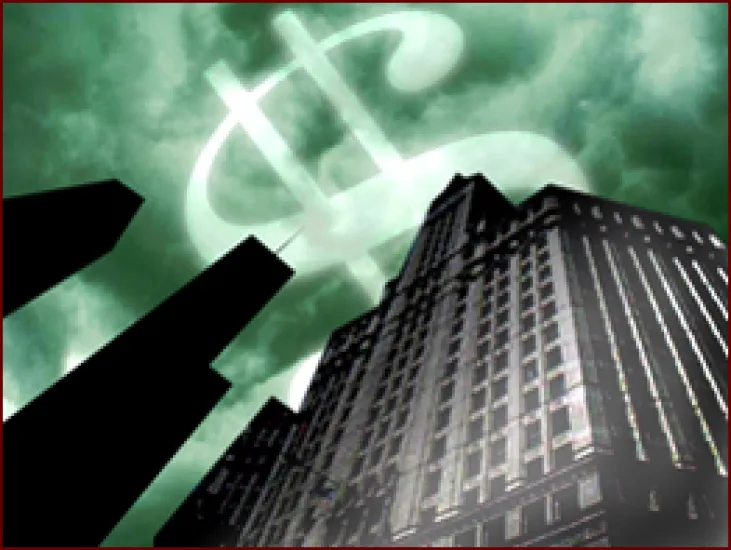The economic outlook for the second half of this year is uncertain due to several market bubbles and an ambiguous outlook regarding inflation, according to several asset managers. Institutional investors should therefore position their portfolios for a bear market and must protect against potential risks, said Jane Carson, chief economic strategist for Dwight Asset Management Co.
There are currently three significant market bubbles--industrial commodities, housing and emerging markets, said James Barrow, cio for Barrow, Hanley, Mewhinney & Strauss in Dallas. "I think they're frightening and at some point something's going to happen and someone's going to get hurt," he said. Barrow placed some of the blame for the emerging markets bubble on investment advisors. "People are chasing performance and that's the worst thing you can do," he said. "Consultants are the worst about that."
Industrial commodities, such as copper, gold, zinc, platinum, oil and lumber are also approaching a bubble. "Goldman Sachs is telling all pension plans they should have 5% of their portfolio in commodities," Barrow said. "Goldman Sachs wants to make a lot of money and they're good at it."
A strategic investment in commodities provides diversification, said Michael DuVally, spokesman at Goldman Sachs, and there is a wealth of research to back up this assertion. "Meanwhile, the sharp rise in commodity prices has been deeply grounded in fundamentals."
Regarding inflation, Carson said analysts are in a wait-and-see mode about whether Ben Bernanke, chairman of the Federal Reserve, will raise interest rates for the 17th consecutive time when the Fed meets June 28-29. "The June meeting will be very important to decide how to move forward," she said. If he tolerates some inflation, the yield curve will grow, she added.
Core U.S. inflation rose 0.2% in April, according to a report by the Department of Commerce, but Barrow believes inflation is higher than the government is letting on. "They make inflation disappear in a very regressive method through the transfer of payments," he said, adding that anyone who has had to recently buy a home or paid college tuition would know that inflation is higher than the official numbers state. "The Feds raise rates until there is an accident and then they clean up the mess," he concluded. Gregory Jones, managing director of international equity for Clay Finlay, agreed. "Inflation sure feels much higher than the official statistics of the U.S.," he said.






